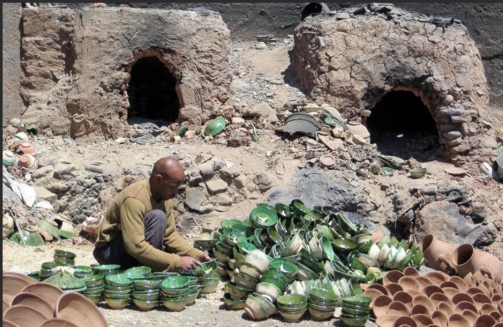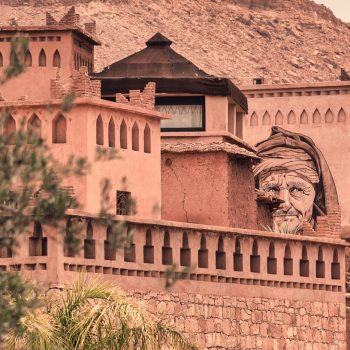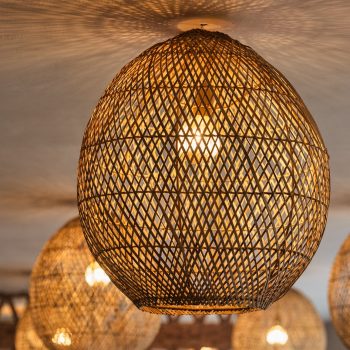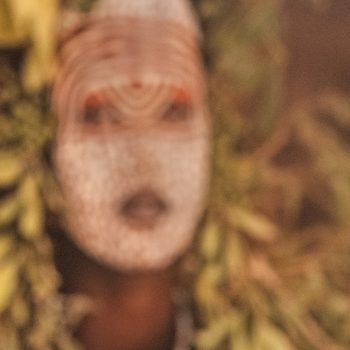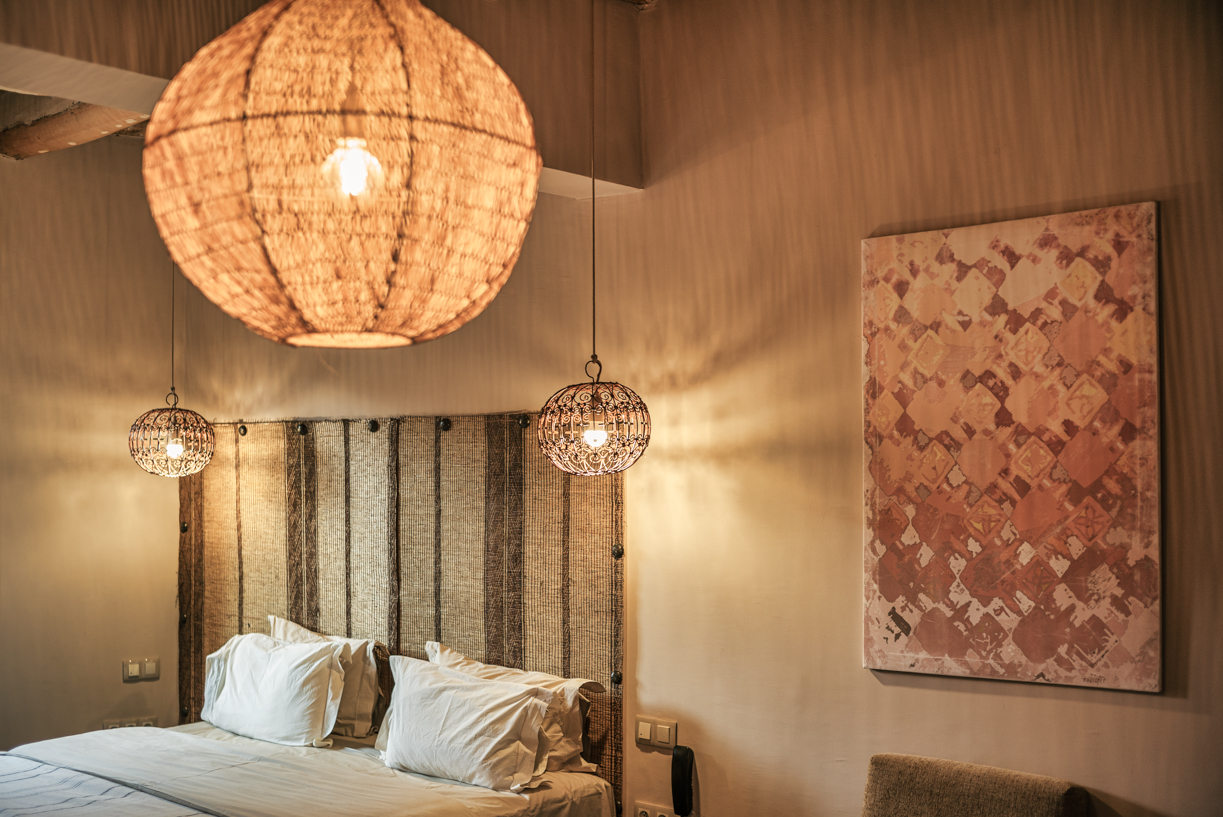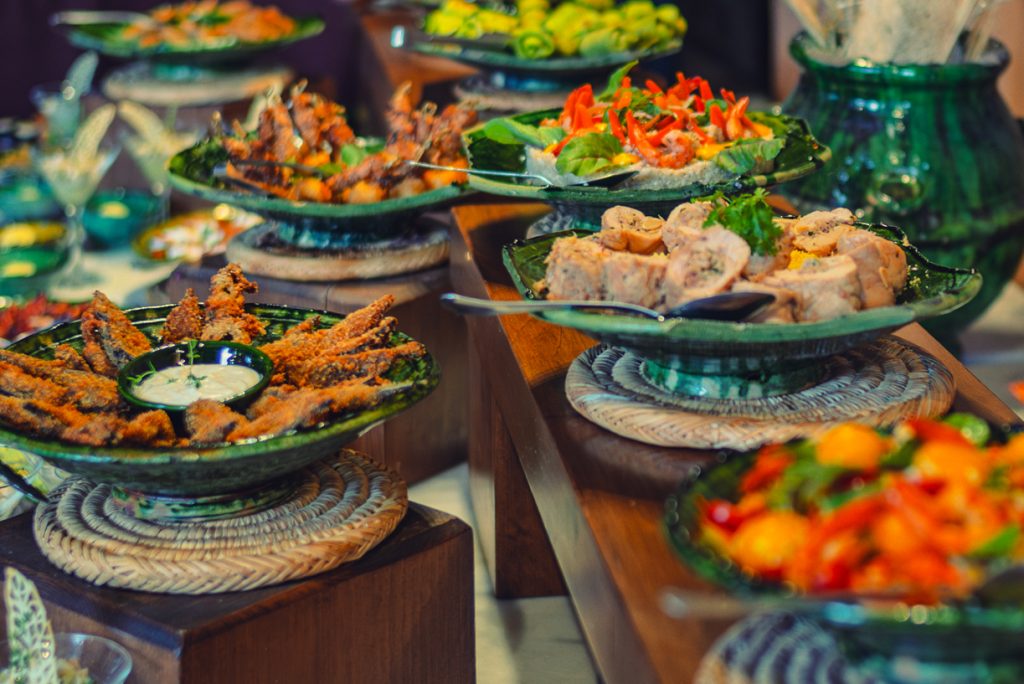In the heart of Tamegroute's main square, seven traditional kilns belong to seven families of potters. Each family has its own kiln and clay workshop, perpetuating ancestral skills handed down from generation to generation.
Since the dawn of time, pottery has been one of mankind's earliest crafts.
In Morocco, the art of pottery is highly prized and rarely equalled, as pottery is a centuries-old tradition.
The pottery craft is diversified across different towns, regions and provinces of the Kingdom.
Tamegroute pottery is one of these very special and distinctive types of pottery, distinguished by its beautiful green glaze, which can sometimes be ochre-brown in colour.
We're talking about Berber pottery here, an ancestral art practised in these small rural areas and, in the case of Tamegroute, not far from the desert.
Berber pottery and Moroccan pottery where, over time in Tamegroute, Berbers and Arabs share the same knowledge and the same art, depending on the family.
With its very distinctive colours, starting with a beautiful shade of dark green that reminds us of the immense palm grove of Zagora or the green of Moroccan olives, followed by shades of ochre, camel and brown that remind us of the sand of the Sahara, this Moroccan pottery with its distinctive identity, this ancient craft from Tamegroute, is already being exported, and has been for a long time, all over the world and throughout Morocco.
The colour and lace add to the beauty of this beautiful pottery.
On the way to Zagora, passing through the magnificent Drâa Valley, where the landscapes and colours will fill you with wonder, before or after your desert tours, don't forget to take this short diversions of around twenty kilometres from Zagora towards Tamegroute!
Tamegroute, a town like no other!
A small town in southern Morocco, not far from Zagora.
It's a typical, authentic little town with many "ksour"The surrounding area is made up of small fortified villages with architectural styles and colours that add to the beauty of the renowned Drâa Valley and southern Morocco in general.
In addition to pottery zaouia Naciria, which houses a library of ancient works dating back to the 11th century, is another of the town's most famous landmarks.
These books and compendia are made from gazelle skin parchments and are calligraphed using the natural pigment of walnut bark, walnut stain, as well as saffron, henna and gold. These are religious, scientific and literary works or collections.
However, as Tamegroute remains a popular tourist destination and is much visited for its pottery, it seems only natural that the town should be home to a large number of pottery workshops, handed down from family to family of potters.
There have been pottery workshops in this small region since the 15th century, and the Tamegroute workshops are the oldest in Morocco.
This is another example of Moroccan craftsmanship, an ancestral skill passed down from generation to generation. In Tamegroute, for 400 years, only a few families have kept alive the art of Tamegroute pottery, handed down from father to son.
There are more than 200 potters in the town, all perpetuating the same gestures, traditions and recipes that make this authentic pottery so special. But once again, the secret is well kept.
Artisan potters have been giving shape to all sorts of everyday objects for a very long time.
These pieces are fired the old-fashioned way, in stone kilns heated to very high temperatures using palm leaves and dried wood and herbs.
You'll find some very pretty tagine dishes, bowls, cups, plates and salad bowls, as well as tiles and tiles...
It's Moroccan pottery with a rural feel, Berber pottery, pottery full of mystery and very elegant.
Fans of crafts and decoration can't go wrong! That's another reason why Tamegroute pottery is so distinctive.
Tamegroute is also home to white pottery decorated with henna, another of the town's distinctive features.
Working with clay and firing pottery
The region is rich in this clay, which is used by potters.
The earth and water that make up the mud come from the Drâa Valley and have always done so.
It is in underground galleries that artisan potters unearth the clay, which is then trodden down to be worked, known as the slip stage.
This clay is then turned on the potter's wheel, sculpted and shaped into bowls, plates, jugs, vases and many other objects that are very useful in everyday life.
All these pieces are then left to dry in the sun.
At Tamegroute, the potters work standing up and are buried in waist-deep holes. As a result, only the torso is visible and the pedal of the potter's wheel cannot be seen. They look almost like puppets, endlessly repeating the same gestures with incredible precision and flawless speed, so the potters work in very limited comfort.
The beautiful and surprising colours of Tamegroute pottery, ranging from dark green to brownish-ochre, are obtained from an alloy of manganese, which is also contained in kohl, copper oxide and barley flour. Other methods are also used, but are not revealed!
To obtain the brown/ochre colour, potters do not add copper.
Of course, there are still many mysteries surrounding the manufacture of this pottery and, above all, the recipes that give it its unique colours and brilliance. Even if you really want to know, you'll never find out the real secret of the Tamegroute families!
The pieces are then coated with this paste, like a paint, before being fired in the traditional stone ovens, of which there are seven in the town.
More recently, two gas kilns have been supplied in an effort to save plant resources, but the potters are not getting the same results and therefore do not wish to use these kilns... Other potters admit that they do not have the technique to attempt firing in these new kilns, so they do not wish to change their habits.
The ovens are heated using palm leaves, dry wood and mixtures of dried herbs, all of which produce a thick, acrid black smoke.
For kiln-fired pottery, firing takes around 5 hours at 1100°C.
It takes a day for the kiln to be filled with the pieces of clay prepared for firing, taking care to space them well apart so that they don't touch.
Once the oven is closed and sealed, the cooking itself takes 4 hours.
The pottery is then left to cool overnight.
The results are thick, authentic and very rustic pottery, with some pieces featuring wavy contours, like lace, as well as drips and drips of colour, but we love all these imperfections that make this unique pottery so special.
And let's not forget the special shine that gives Tamegroute pottery its charm and elegance.
The crockery of southern Morocco is like no other!
Compared with other Moroccan potteries, such as those in Safi, Fez or Marrakech, the green colour of Tamegroute is also what has made the town famous.
There have been many attempts to reproduce this same green throughout the world, but to no avail...
Moroccan potters not only know how to keep their secrets well, they also have ancestral know-how - and that's what makes all the difference!
There are four stages involved in making Tamegroute pottery
- firstly, the harvesting and preparation of the raw material, clay,
- the second is modelling,
- the third painting and
- the fourth is cooking.
After farming, pottery is the other main activity of the local people, and even in times of drought it can become their primary activity.
This craft is a source of life for this Berber and Arab population, which protects and preserves its traditions and this great local, regional and national heritage.
The Drâa valley provides all the materials, soil and water, date palm leaves, leftover trunks and, not forgetting, the donkeys, which have a great deal of merit and are still the best means of transport...
Tamegroute invites you on a journey to another time...
